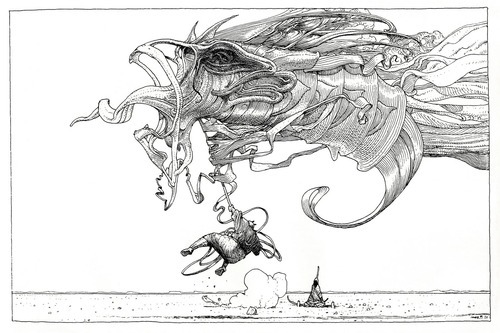The parts of our brains that are responsible for the majority of our decisions tie into our most basic desires and impulses predate our history as primates, or even mammals. You may be familiar with the idea of the "triune brain" (McLean 1990), which suggests that we inherit physiological and territorial drives from reptiles, social behavior (along with the limbic system, that implements it) from early mammals, and cognitive strategies from higher mammals. Such a strict division is too simplistic, of course, but makes for a beautiful metaphor.

Indeed, I believe that we are controlled by three classes of drives: physiological ones (hunger, thirst, pain avoidance, libido etc.), social ones (affiliation, internal legitimacy, romantic affection), and cognitive drives (competence, uncertainty reduction, and aesthetics). All goal-directed behavior is directed upon the satisfaction of one (sometimes more) of these drives, or the avoidance of their frustration. Satisfying a drive creates pleasure, frustration a displeasure signal, and these are responsible for learning.
This happens mostly intuitively: the decision function is implemented outside the consciously accessible parts of our minds. It evaluates the relative strength of the urges, combines them with the expectancy of fulfilling them, adds a bonus threshold on the currently active motive, and there we go.


